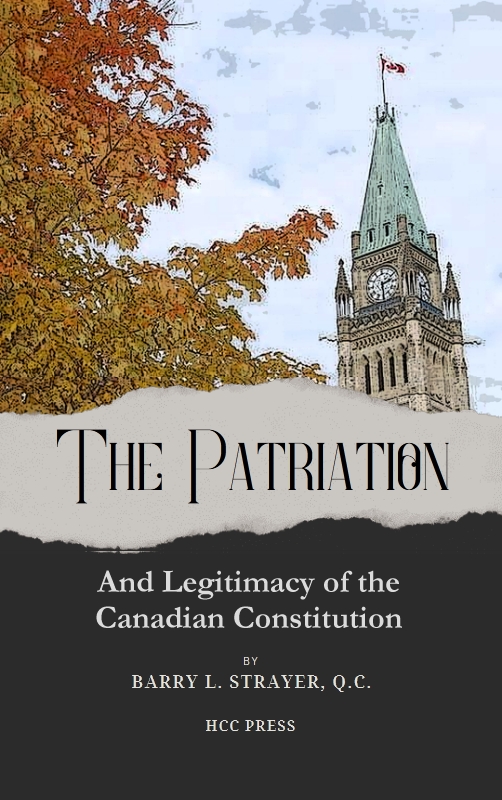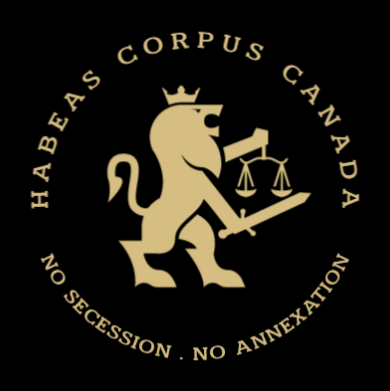to mean not only Canada as represented by its national government but also Canada as represented by all its governments, federal and provincial. This view found favour with the Newfoundland Court of Appeal, which also read the provinces into the Balfour Declaration of 1926, holding that the provinces of Canada were among the “autonomous communities” within the empire who were equal in status to the other Dominions. This view of the law was rejected by the Supreme Court of Canada 3, which concluded part of its judgment by saying that
… the one constant since the enactment of the British North America Act in 1867 has been the legal authority of the United Kingdom Parliament to amend it. The law knows nothing of any requirement of provincial consent, either to a resolution of the federal Houses or as a condition of the exercise of the United Kingdom legislative power.4
Even after the Supreme Court of Canada had rendered its judgment, the First Ministers’ conference of November, 1981, had agreed on a revised proposal, and the Joint Address of the Senate and the House of Commons had been submitted to London, the legality of the proposed British enactment continued to be litigated — this time in the English courts. The day after the Joint Address arrived in London, an action was commenced there by Chief Robert Manuel and 123 other Indian Chiefs from Canada against the Attorney General of England. This action, which was commenced in the Chancery Division, sought among other things a declaration that the United Kingdom Parliament had no power to amend the Constitution of Canada so as to prejudice the Indian Nations of Canada without the consent of those Nations. The Attorney General moved to have the statement of claim struck out and the action dismissed. This application was argued before the Vice-Chancellor, Sir Robert Megarry, in April and May of this year after the Canada Act had become law. He granted the application and struck out the statement of claim. This decision was appealed to the Court of Appeal, which upheld his judgment on July 30, 1982. 5 The Court of Appeal held that the requirements of the Statute of Westminster, section 4, had been complied with by the fact that the preamble to the Canada Act declared that it was enacted with the request and consent of Canada.
Therefore, on the question of whether all the legal requirements for obtaining the patriation legislation from the United Kingdom Parliament were met, and whether the United Kingdom Parliament acted legally in enacting the Canada Act, 1982, the courts both in Canada and Britain seem to have confirmed the validity of the process.
3. Ibid., at 789-97.
4. Ibid., at 807.
5. Manuel et al v. Attorney General [1982]

